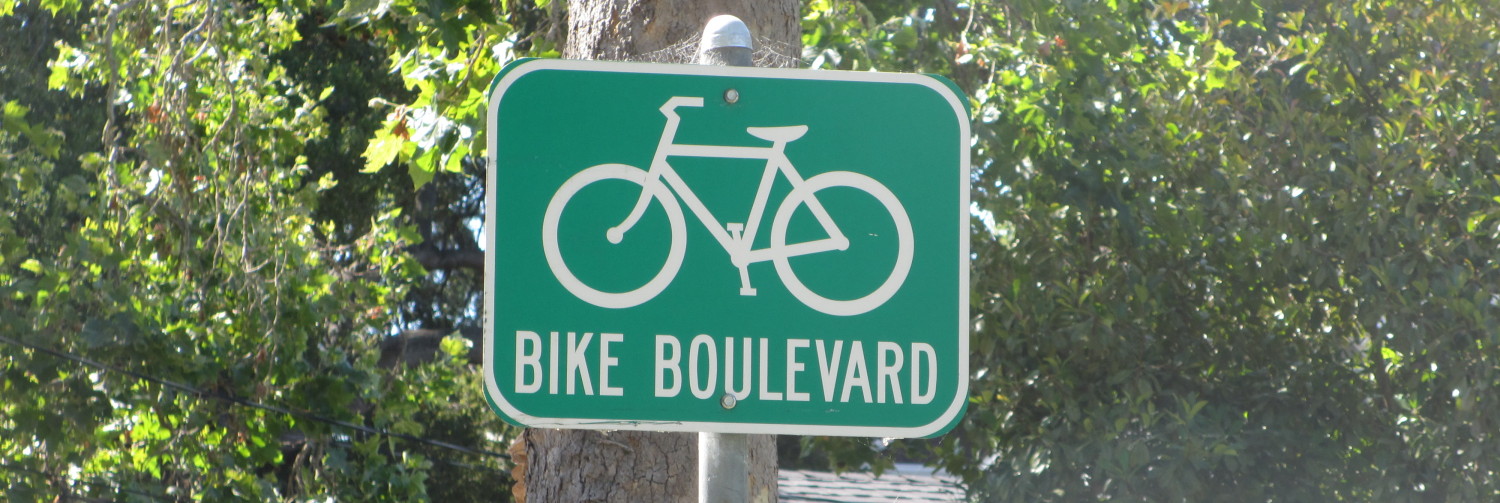The Monday House passed various city inspections, for electrical, plumbing, and stud walls and structure. This had to be done while all the walls were still “open” and work visible.
The next step is to blow cellulose insulation into the balloon stud walls, which you no doubt recall are about 21 feet high from the main floor to the top of the second floor walls.
The first of several trailer loads of cellulose was brought on site by the contractor. Cellulose is ground up newspaper with fire retardant added to it. This is made nearby, in Vars, so this might well be David Reevely’s columns inside the walls.
It packs quite densely into the wall cavities. I like it wa-a-a-a-a-y better than fibreglass (which is an excellent filter for air moving through it, and easily damaged by water) and about the same as roxul (mineral or rock wool, waterproof, inedible).
In new construction, one side of the stud walls remains open during construction so crews can stuff in batts of insulation. Here our cavities are bracketed by thick wood board walls on both sides. The cellulose will be blown into the wall cavities, using a pump and this hose:
In the Monday House, a crew member sets up a auger and blower to break up the bales of cellulose and blow it into the hose:
The hose is dragged to each section of wall being done:
The crew removed the top board along the walls on each floor, inserted the hose as far down as possible …
and pumped in the cellulose till it was dense packed:
there are enough gaps and little slots for installers and homeowner inspectors to frequently poke into the insulation to ensure it is densely packed in and not “pillow packed”, ie too soft = too little insulation.
Because it is air blown, it escapes out through every little chink and gap between the boards, making the air thick with dust (crew wears masks) and stuff spills all over, which was then swept up and pumped back into the walls in the next stud cavity:
In some spots, like under windows, additional holes were cut to insert the delivery hose into the walls:
This is the drill bit and some of the wooden holes. With patience and a little skill, they could be turned into art objects and sold at high price by calling them “round tuits”. Wouldn’t everyone want to get a round tuit?
It took about three working days to insulate all the walls on two floors.
Its very easy to inspect the job via the cracks and to ensure every cavity is filled. Beside the windows, there is a boxed-in hollow channel that lead weights used to run up and down in. These were the counterweights that allowed heavy old fashioned wooden windows to be moved by residents. These channels have all been spotted and will be filled with foam.
In the basement, the “box ends” where the joists run into the stone walls will be filled with foam later. The third “attic” floor is not being renovated at this time so there is no additional attic insulation being inserted. This should be enough insulation in the house to get the annual heating bill down to about $6-800.
The next step is to install a polyethylene moisture and vapour barrier all around the inside of the conditioned space.















In the early 80’s, CCOC office staff collected tenants’ newspapers at our Lisgar Street building (where the office was) and stored it in a locker room (don’t tell the Fire Dept.). When we had a bunch, we called Florence Paper, who picked it up (we had to do a chain gang from the locker to the truck). And then we bought an insulation blower and hired all our down on their luck friends and teenage kids to blow insulation into many of our old balloon frame buildings. I think there was some kind of federal $$ program (R14?) to help us buy the insulation from Florence Paper! Comes around, goes around.
har har: “This is made nearby, in Vars, so this might well be David Reevely’s columns inside the walls.”